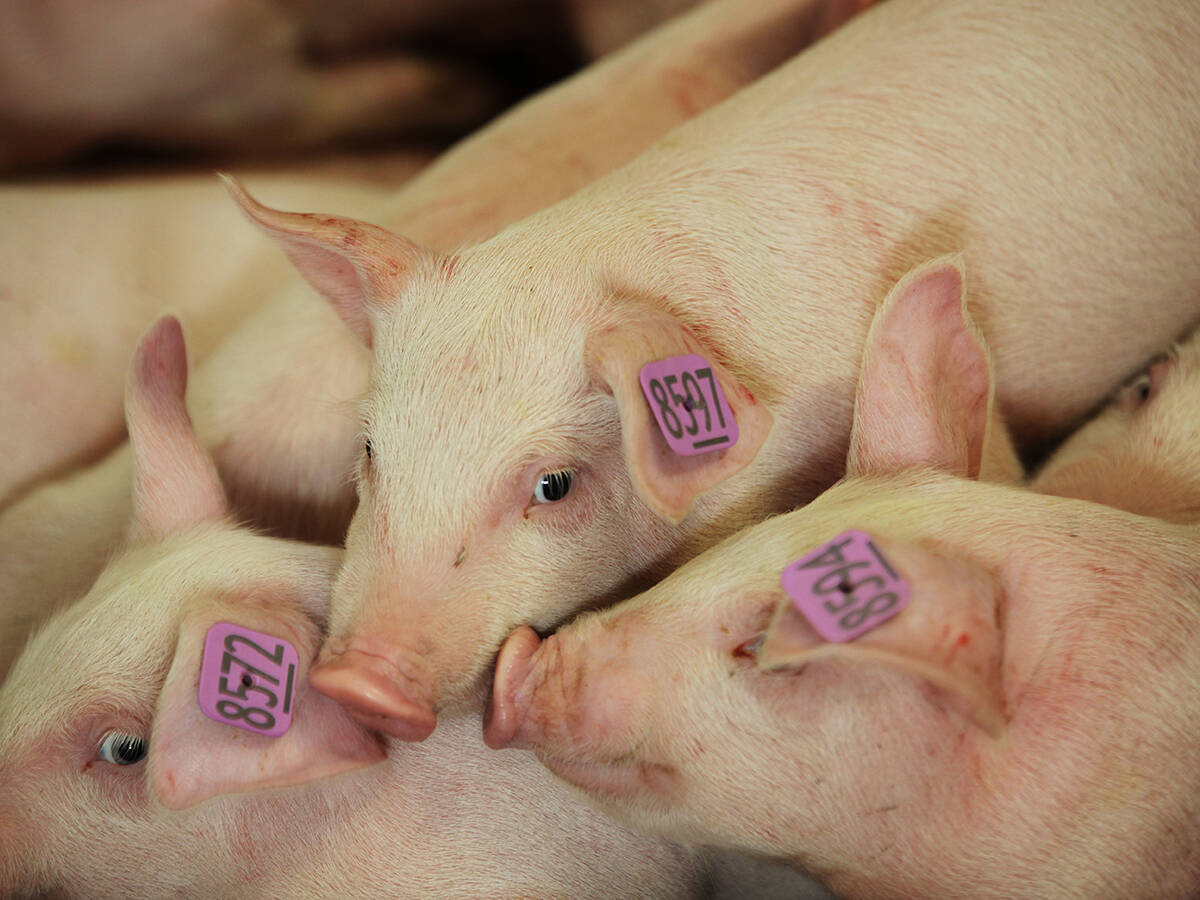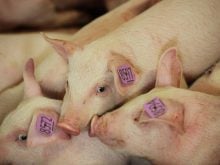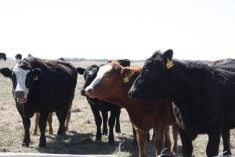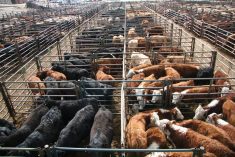Contacting local emergency managers ahead of time and writing an on-farm plan are called the best ways to be prepared
For Jenner, Alta., rancher Brad Osadczuk, news of one of his cattle testing positive for bovine tuberculosis in the fall of 2016 was a gut-wrenching experience that eventually led to a total depopulation of his herd.
That initial diagnosis was followed by five more cases being found in his herd and resulted in thousands of cattle being destroyed, from his herd and from those that may have commingled with the infected animals.
“I was still having a hard time believing we had a Mexican strain of TB never before seen before in Canada and never seen before in wildlife in the U.S.,” Osadczuk told the recent Livestock Care Conference while talking about the early days of the outbreak.
Read Also

The Western Producer Livestock Report – October 16, 2025
Western Producer Livestock Report for October 16, 2025. See U.S. & Canadian hog prices, Canadian bison & lamb market data and sales insights.
A further 16 cattle operations around Osadczuk’s ranch had their animals quarantined and ultimately destroyed.
It’s just such emergency situations that Rebecca Husted, consultant with Technical Large Animal Rescue, said producers need to prepare for.
Planning and education for a catastrophic incident are key, whether it’s disease or a natural disaster such as the recent flooding in British Columbia.
“The poorest way to approach planning is waiting until the actual disaster,” said Husted.
Arranging a plan just before a disaster is somewhat better but producers can find themselves up against others in the same boat, all attempting to get supplies such as generators at the same time.
There are some simple steps for planning for the worst-case scenario well in advance, said Husted, who emphasized the importance of contacting local fire chiefs or emergency managers to understand regional responses to disasters.
That, combined with an on-farm plan, is the best way to be prepared, she said.
“It does take effort. It does take realizing that it could happen to you. But we find that people that do that, it’s almost like a disaster is not a disaster,” said Husted.
Even having a reflective rural address sign can have an impact on emergency responses to on-farm incidents such as medical emergencies or fires, she said.
“Simple things like that are details if you are working with your local fire department or emergency managers, they might be able to tell you.”
When it comes to biosecurity, the COVID-19 pandemic has opened the eyes of many emergency planners as to how important advanced thinking can be in the agricultural sector, said Husted.
Businesses were closed and employees called in sick, leaving farm and ranch owners having to work 18-hour days.
“When you start thinking about what happened with COVID on a global scale, it’s just unimaginable for a lot of people. But really, it was dealing with the examples of disasters that have happened on a pretty regular basis around the world all the time,” said Husted.
Despite this, when it came to a global pandemic, many people simply weren’t prepared for a shelter-in-place emergency scenario, she said.
Husted said it highlighted one major issue producers must be cognizant of, and which occurred during COVID — insurance coverage when a government action shuts down an operation.
Reading the fine print in any insurance agreement is imperative, she said.
Many initial costs associated with managing Alberta’s bovine outbreak and the Canadian Food Inspection Agency investigation were put on producers, Osadczuk said, with reimbursement promised at a later date.
It took a concerted effort to push for a different way to absorb costs associated with shipping hundreds of cattle in sealed liners to be destroyed and rendered.
“This soon changed when outraged ranchers refused to co-operate,” said Osadczuk. “All of this happened before we had test results on our herd and any compensation finalized.”
He noted the challenges of dealing with the CFIA investigation focused on containment of serious animal disease but didn’t necessarily understand the stress producers were under when the emergency took place.
“There was no consideration for the human aspect of it and I hope it’s changed,” he said. “I hope we can do better.”


















